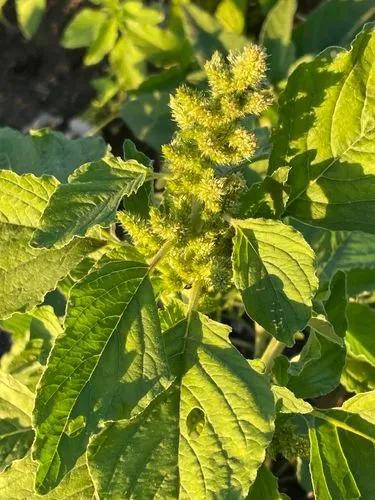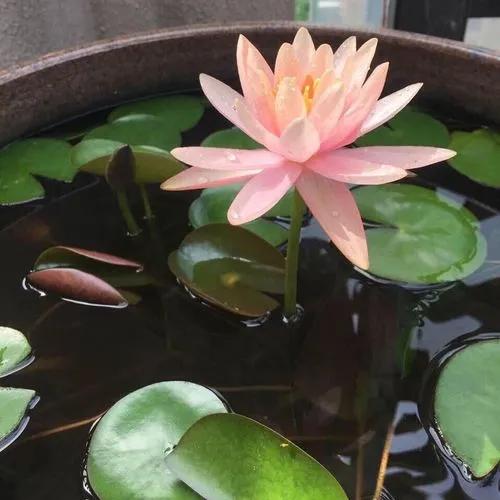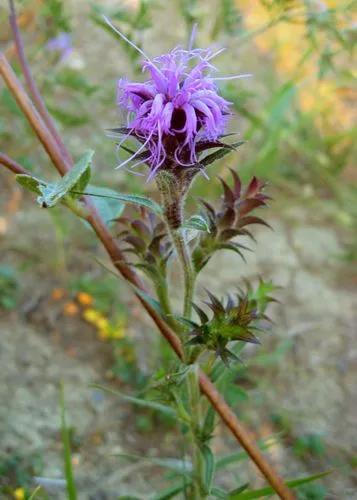The broad-leaved marsh orchid grows mainly in nitrogen-poor marsh areas that consist of several plant communities. More rarely, it is found in fens. Its flowering period begins at lower elevations as early as the beginning of May and ends in higher elevations at the end of July. The lowest blossoms usually open even before the stem has reached its full heigh
Western Orchid Care
Dactylorhiza Majalis
Other names: Western Marsh Orchid, Broad-leaved Marsh Orchid, Fan Orchid



How to Care for the Plant

Water

Most orchids require water once a week. Avoid over watering as this can lead to root rot. Position your orchid in a bright windowsill facing east or west. Weekly feeding with a fertilizer designed for orchids.

Pruning

Dip your pruning shears in a cup of rubbing alcohol and let them soak in it for 30 seconds. Open and close the shears a few times to ensure that the alcohol gets all over the blades. Then, remove the shears from the alcohol and set them on a paper towel to dry.

Fertilizer

A 30-10-10 fertilizer is best to promote growth, but a balanced 20-20-20 will work as well. Humidity should be around 40-70%, combined with ample air circulation to prevent spotting or rotting on the leaves. Deciduous hybrids/species go through a period of dormancy during the winter (when its leaves have fallen).

Temperature

To encourage blooming, night temperatures are recommended to be around 65 F, and 75-85 F around the day. While Phalaenopsis plants can tolerate temperatures up to 90 F, additional air circulation and humidity will be required for them to grow well.

Container

While we pot our Phalaenopsis plants in moss, they also do well in bark mixes, preferably finer mixes for seedlings and medium mixes for mature plants.

Additional

Yes, they are not the most appropriate food for your furry friend, but they are not poisonous for it either. In fact, according to the ASPCA (the American Society for the Prevention of Cruelty to Animals) searchable database, most plants are non-toxic for kitties.
Firstly, the Western Underground Orchid is an entirely subterranean plant. Secondly, therefore, the completely unique plant has no need for coloring.

Popularity

73 people already have this plant 14 people have added this plant to their wishlists
Discover more plants with the list below
Popular articles






